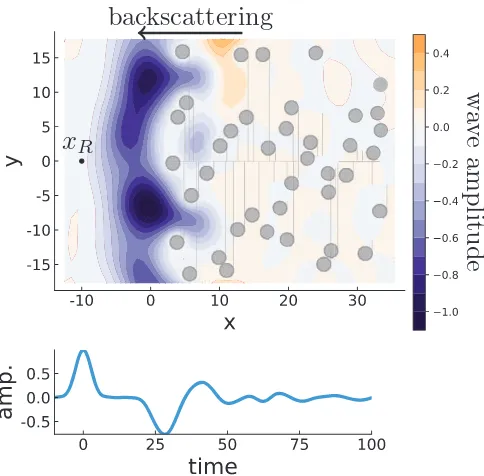Characterising particulate random media from near-surface backscattering: A machine learning approach to predict particle size and concentration
Full text
Figure



Related documents
Using the HLA k- mer profiles to type samples involves five steps: HC1) use Kraken to assign sample FASTQ reads to HLA genes; HC2) aggregate the k -mer counts for each allele
Fire Alarm Equipment, Inspections Supplies & Services (CPMD) Laboratory Casework & Installation (CPMD). Security Equipment, Systems, Supplies & Services (CPMD)
The applicability and effectiveness of the introduced fuzzy modeling approach is examined in three case studies: prediction of a chaotic time series, identification
The selected locations at Matruh governorate within the more suitable areas (Figure 5) are located close to cultivated areas except location (A) which was located approximately
Production of EPS and partial polymer characterization Growth and EPS production by BM39 was tested using rather common carbon sources (sucrose, glucose and fructose) at a quite
Therefore, here we dynamically predicted the risks of repeated and terminal events given longitudinal histories observed before prediction time using dynamic pseudo-observations
CONCLUSIONS: A clinical protocol of a multidisciplinary team with men- tal health professionals, physicians, and surgeons, including puberty sup- pression, followed by